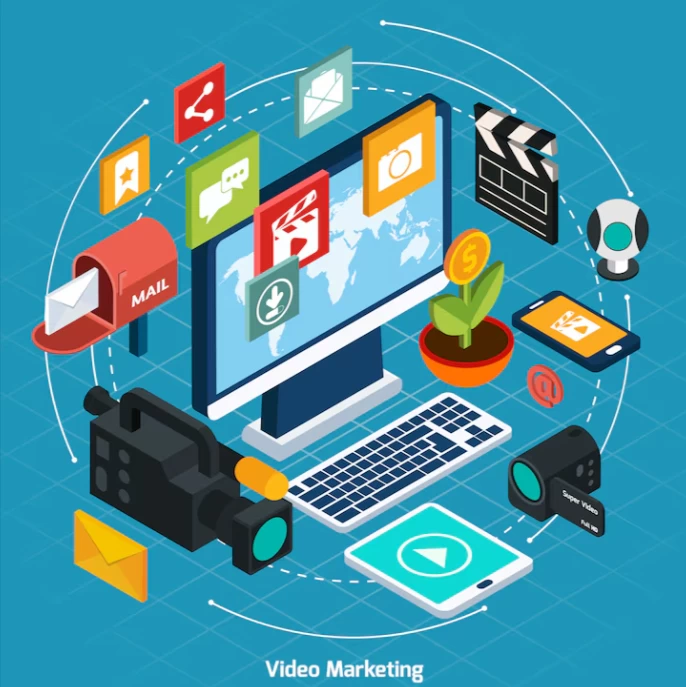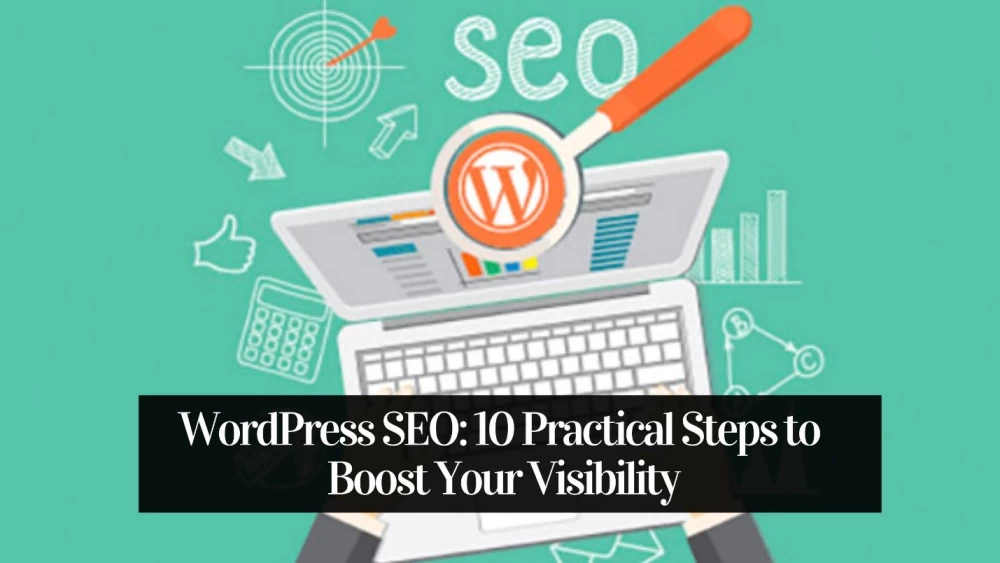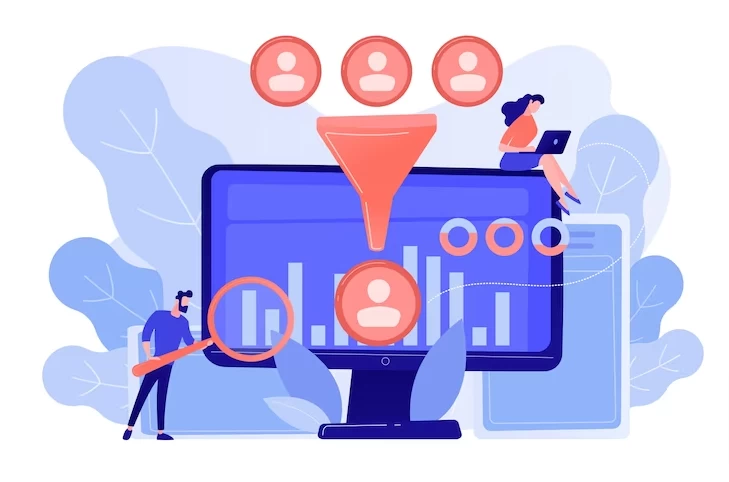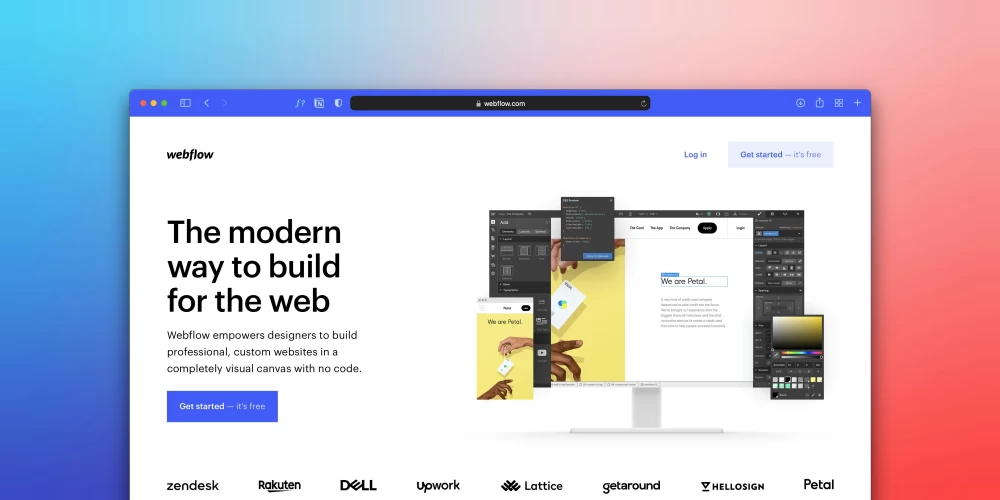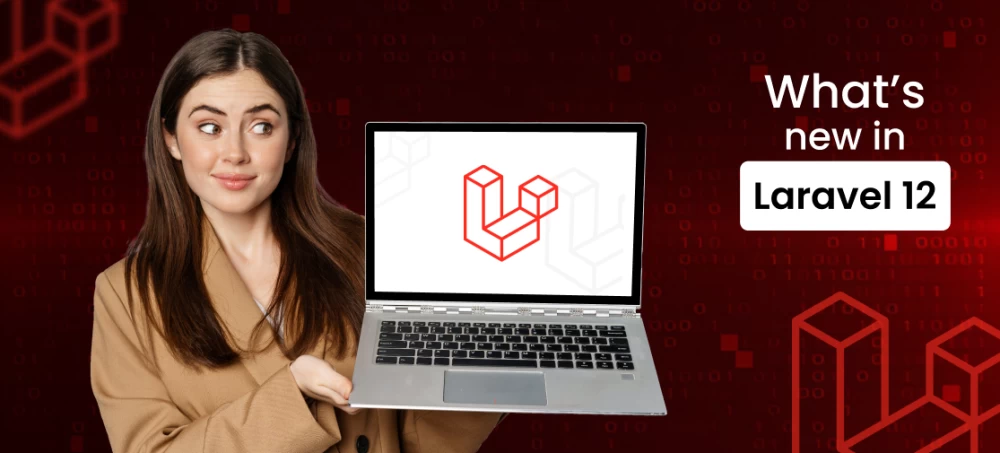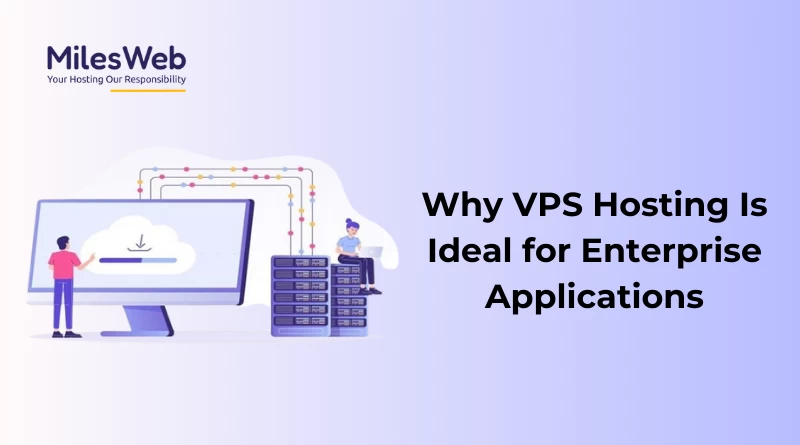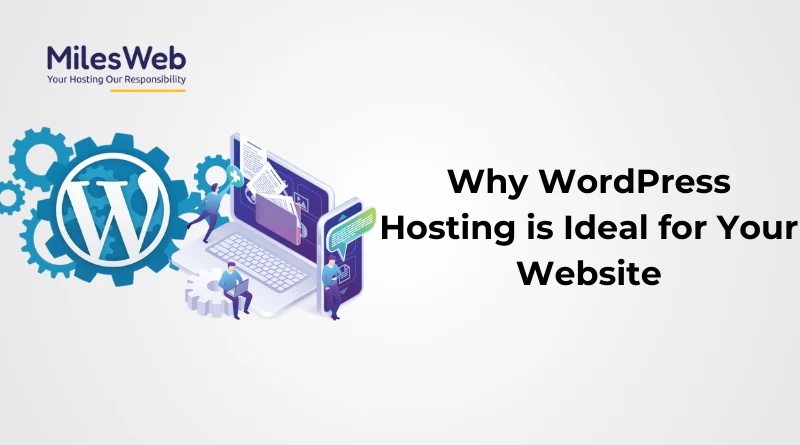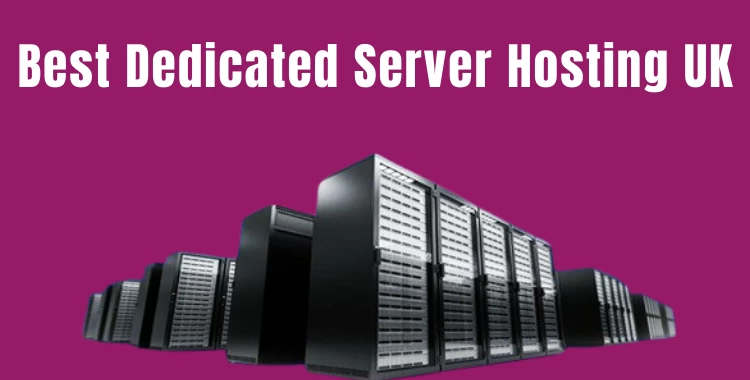Table of Contents
In this day and age of the digital landscape, where consumption of content is at an all-time high, not-for-profits need to use every tool in the box to engage donors and advocate. Among the tools used, the usage of video marketing matters. It gives not-for-profits the potential to tell compelling stories, connect emotionally, and drive meaningful action different from the conventional ways. This paper will discuss why video marketing is important to a nonprofit and how it can be implemented in a way that encourages donors to be involved and more aware.
The Power of Visual Storytelling
Storytelling has always been the dominating method of sharing ideas and inspiring action through the process. In the realm of nonprofits, the ability to tell a compelling story can make the difference between a great campaign and one that bombs. Video marketing employs storytelling, but it takes it a step further through the manipulation of visuals, sound, and even the narrative itself into a medium by which a story is told in engaging ways with the viewer.
Through videos, nonprofits can show their impact, share success stories, and communicate challenges that they would like to see changed. For instance, an environmental conservation nonprofit can create a video that shows the actual impact of climate change on a local community. Such content does not only educate the viewers but also evokes feelings of sympathy and urgency in action.
In addition to these benefits, videos can easily be shared on social media platforms, on websites, and in email campaigns, making them versatile in spreading a nonprofit's message. With the increasing number of mobile devices, people are consuming video more than ever, so it's an ideal medium for reaching a broad audience.
Engaging Donors Through Emotion
Any nonprofit organization is held by the life string of a donor. That means fundraising and donations are secured only when a nonprofit can reach its donor base on an emotional level, and no other medium does it better than video marketing.
The strongest video would be able to take someone through the identification that a problem exists, introduce the solution, and ultimately show the positive effect of the donations. For example, a water charity could describe a story about a family and how they benefit from a newly dug water well. It gives the donors a feeling of personal interaction concerning the gifts.
At the same time, videos can be tailored to deliver messages to the donor segments of a nonprofit. Whether it is a thank you to those already donating or appealing to prospects, making video content that can speak to the motivations and concerns specific to that segment. This is a level of personalization that can skyrocket donor engagement because the awareness usually means it's more successful at bringing in donations.
Raising Awareness with Shareable Content
One of the great feats that every non-profit goes after is raising awareness of causes. This is done very well with video marketing because it's very shareable content. When a viewer finds a video that strongly resonates with them, they are likely to share it with their network, thus increasing both the volume of a non-profit's voice and the number of people who hear the message.
Video content, especially for sharing, has found huge favor on social media platforms. Snappy and hard-hitting videos can go viral within no time, helping to spread awareness far beyond the nonprofit's immediate community of donors and advocates. For instance, a nonprofit working toward wildlife conservation should consider an urgent video presenting the plight of endangered species, aiming to provoke viewers into sharing the video.
And besides, search engines are favoring video content. That makes it a perfect strategy to enhance a nonprofit's online presence. Proper optimization of nonprofit videos, for titles, descriptions, and tags, sends more and more related traffic to the nonprofit organization's site and thereby makes the cause more aware of the same.
Cost-Effective Content Creation
Budget is, of course, the big worry for any number of non-profits. You may think, 'Video marketing is so far out of my league; I could never afford what it must cost to create expensive videos'. Not anymore; putting together quality videos is much easier now, all thanks to technology.
With the availability of tools like a free video generator, even nonprofits can effortlessly create engaging content using simple text prompts. These tools allow users to generate videos by entering brief descriptions, which are then transformed into fully produced videos. This capability enables nonprofits to maintain a consistent stream of video content, keeping their audience informed and engaged with minimal effort.
Besides that, most of these video tools are designed to be user-friendly, and thus, nonprofits don't need to maintain a full-fledged video production team to come up with quality videos. Volunteers or staff with basic technical skills can easily learn using those tools, which also reduces further costs.
The Role of AI in Video Marketing
Most of the areas related to digital marketing have seen a revolution because of artificial intelligence; video marketing is not far from that. The AI-supported tools have enabled nonprofits to create dynamic and personalized video content that speaks directly to the public.
One of the greatest benefits of AI in video marketing is the level to which it can automate content creation. The level of content to which most nonprofits can create using the very best of AI video generators is quite high. Some such tools can analyze data, create a script, and even suggest what visuals should be used as well as the most effective music to include in the video. This then means the video is not only of a high quality but in order, highly relevant to the viewers.
AI will help nonprofit organizations optimize their video content for various platforms and audiences. As part of this, the AI algorithms could decide upon each social-media platform's optimal video length and engage with a donor on the most captivating parts of the video, condensed into a shorter clip. This kind of optimization is the way that nonprofits can extract the most value from their efforts in video marketing—increase engagement and make an impact.
Measuring Impact and Adjusting Strategy
One of the good things about digital marketing, including video marketing, is that the measure of campaign impact can be done in real-time with the various metrics available. Video views, shares, and rates of engagement will help a nonprofit measure the level of impact that is being generated through its video content. These data will give valuable insights into what hits and flops about audiences, enabling the refinement of video marketing strategy over time for a nonprofit.
For instance, the shares are high on a particular video, but the engagement is quite low; this can be a pointer that the material is appealing but lacks the engagement force to spur action. In this case, the nonprofit is now in a position to adjust messaging or the call-to-action for their next videos so that viewers can be engaged. These nonprofits can, therefore, consistently analyze and adapt their video marketing to remain on track with their goals of engaging donors and raising awareness.
Conclusion
Video marketing is no longer a choice for nonprofits; it is a necessity. In a more digitized world, nonprofits need to adopt videos to engage their donors and to create more awareness. Only this is possible through compelling stories of impact, emotional connectedness, shareable content, and state-of-the-art technology applications, e.g., AI, to boost maximum nonprofit impact toward achieving meaningful community change. As video continues to dominate in online content consumption, NGOs that invest in video marketing will be ready and set to thrive on a mission and make valid changes in the world.

